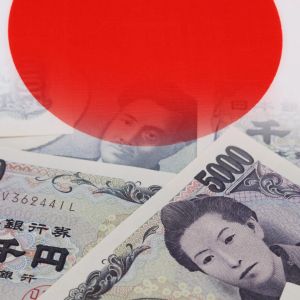
The Bank of Japan (BOJ) is considering slowing the pace of cuts in its government bond (JGB) purchases from April 2026. This comes due to the growing concerns over a rise in yields on superlong bonds. Since last summer, the central bank has slowed down the buying of Japanese government bonds by 400 billion yen ($2.8 billion) every three months. This was meant to counteract the effects of quantitative tightening. However, because of the bond market’s volatility, the BOJ’s policy board is planning to discuss slowing down the process by half to 200 billion yen per quarter. The yield on 30-year bonds hit a record high of 3.2% last month. This was due to a buyers’ strike that is still going on among local life insurers. But even though they have since dropped to about 2.9%, many experts still see the BoJ in a tough spot because it has been slowing down its long-term bond-buying program. The board will meet on Monday and Tuesday, and most members are expected to back the tapering slowdown. Meanwhile, the current plan for buying JGB will stay in place until March of next year. The bank is expected to hold the policy rate steady at 0.5%. Tapering of bond purchases by the BOJ increases the yields The BOJ began unprecedented quantitative easing in 2013 to pump money into the economy with massive JGB purchases. In September 2016, it added yield curve control to its tools. By buying bonds, long-term rates were kept low. In March 2024, the bank moved toward adjusting its policy. It stopped buying bonds as a policy tool and started buying less each month in August of that year. In July 2024, the amount paid for things was 5.7 trillion yen monthly. Beginning in August 2024, the BOJ cut back on buying JGB. In January 2026, it will drop to 2.9 trillion yen. If the cut is made to 200 billion yen every three months starting in April 2026, the amount bought will be about 2.1 trillion yen every month from January 2027. However, some investors in the market believe that the tapering of bond purchases by the BOJ is contributing to the yield rise. Tapering bond purchases “is now on autopilot, and if there is any hawkish action going forward it is likely to be in policy rate settings,” said Katsuhiko Aiba, Citi Japan economist. Economists at Bank of America said that one of the most important things to watch for is whether the BoJ makes it clear that it plans to do another interim review in 2026 and whether it expresses its view on the appropriate “terminal” purchase amount of JGBs, or the amount it buys some years in the future. According to Goldman Sachs economists , price cuts will happen more slowly over the next year until they reach 2 trillion yen monthly. The BOJ still wants to keep interest rates from going up and keep the market from going crazy by continuing to sell off government bonds. On the other hand, bonds purchased by the BOJ in the past reaching maturity are helping reduce its debt holdings. The BOJ owned about 560 trillion yen of government bonds at the end of December. This was 52% of the total amount of outstanding government debt. Because tapering is going so slowly, the BOJ has received criticism that its “holdings are still too large.” Your crypto news deserves attention - KEY Difference Wire puts you on 250+ top sites


